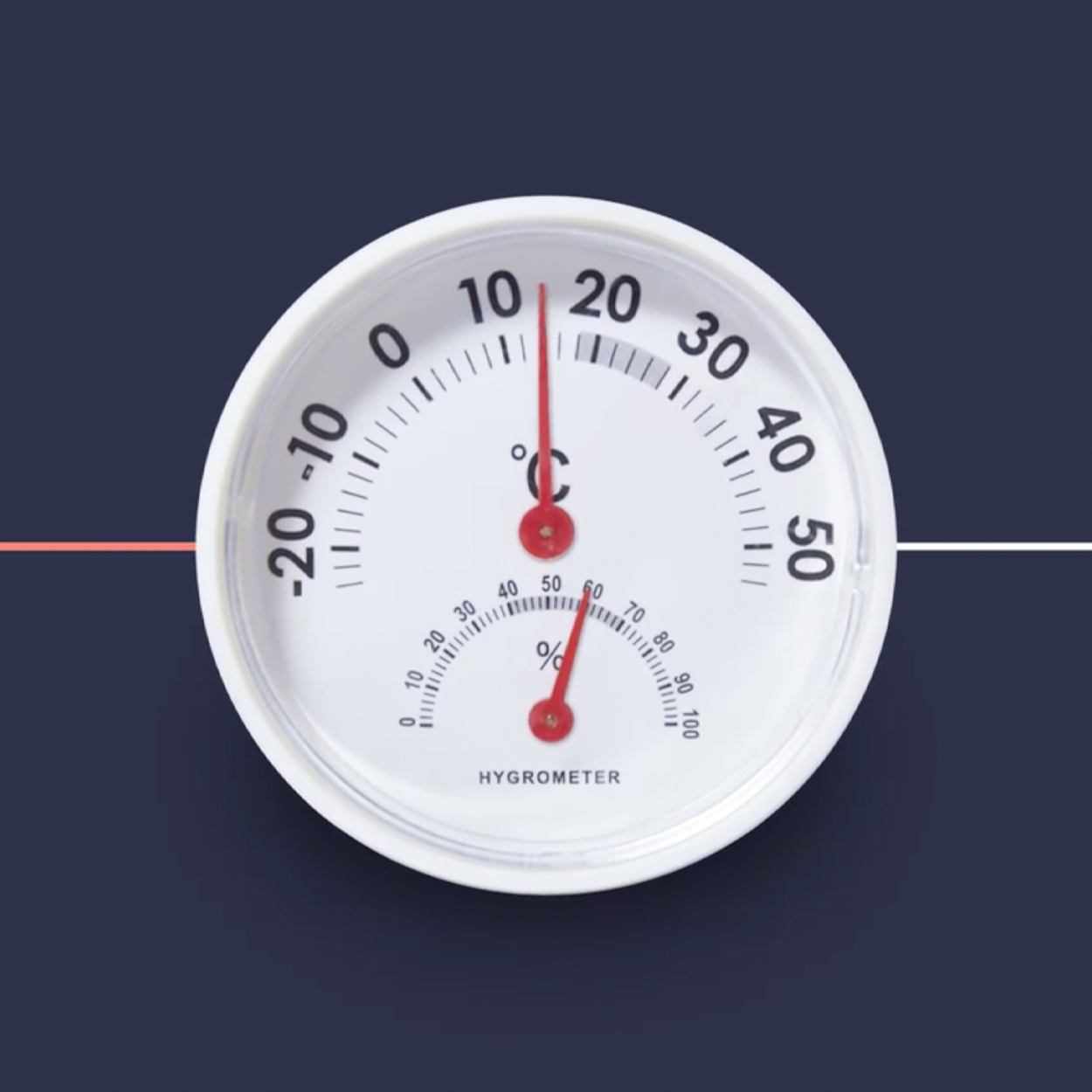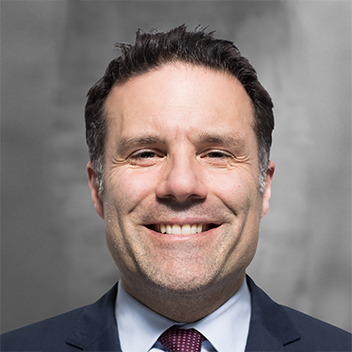
November 25, 2021
By logging out, you’ll be logged out of all Manulife secure advisor sites. Check all open browser windows and save your work first.
You’ve been logged out due to inactivity
Due to inactivity, you’ll be automatically logged out in
Please enter the email address you used when registering.
If you have a valid account with us, you will receive an email with instructions to reset your password.
An error occurred while processing your request. Please try again later.
In order to change your password, we need to verify your identity. We will send an authorization code to the email address on file.
Please enter the 6-digit code sent to your email. If you have not received a code, you may not have a registered account.
An error occurred while processing your request. Please try again later.
Enter your password to login.
In order to change your password, we need to verify your identity. We will send an authorization code to the email address on file.
Enter the 6-digit code sent to your email
An error occurred while processing your request. Please try again later.
In order to change your phone number, we need to verify your identity. We will send an authorization code to the email address on file.
Log in with your Advisor Manulife ID to access this content
Don’t have an Advisor Manulife ID?
Register for accessPlease enter the email address you used when registering.
If you have a valid account with us, you will receive an email with instructions to reset your password.
An error occurred while processing your request. Please try again later.
In order to change your password, we need to verify your identity. We will send an authorization code to the email address on file.
Please enter the 6-digit code sent to your email. If you have not received a code, you may not have a registered account.
An error occurred while processing your request. Please try again later.
Enter your password to login.
In order to change your password, we need to verify your identity. We will send an authorization code to the email address on file.
Enter the 6-digit code sent to your email
An error occurred while processing your request. Please try again later.
In order to change your phone number, we need to verify your identity. We will send an authorization code to the email address on file.


At Manulife Investment Management, we expect companies to manage material environmental and social issues affecting their business, whether risks or opportunities, with a view towards long-term value preservation and creation. We are proud to present our Manulife climate action strategies, which fully integrate climate considerations with fundamental equity and fixed income analysis.
Discover our new global multimanager solution, which includes the likes of Manulife Climate Action Fund and some of our other top-tier funds

Video introducing:
Manulife Climate Action Fund
Learn the impacts of global climate change and what governments and global leaders are doing about it.
Runtime: 1:26

Video presenting:
Manulife Climate Action Fund
Watch this infographic video for a closer look at investing in the context of global climate change.
Runtime: 2:25
While climate change creates complex risks for all businesses, strong environmental policies are also creating new opportunities for companies to lead. As more countries enlist in the Paris Agreement’s effort to limit global warming, companies are discovering ways to add value and outgrow their counterparts by taking steps towards carbon neutrality.
Manulife's climate action strategies use the Paris Agreement2 and science-based targets3 as a framework for its holdings selection process by investing in companies who are making positive contributions to climate change. It recognizes that to reach these ambitious goals, countries, companies and individuals will have to change how they think and act about the environment and its impact on the economy.
The Paris Agreement’s “ratchet mechanism” increases the likelihood that governments will strengthen policy by 2025. For illustrative purposes only.
Source: UNFCC, as of April 21, 2021.
By using the Paris Agreement as a framework to align investment decisions with climate data, investors have a genuine opportunity to influence climate change and lower environmental risk in their portfolios.

Source: Manulife Investment Management, MSCI and SBT. As of December 2021. For illustrative purposes only.
Physical Risks
More frequent and extreme climate events cause billions in damage every year.
Transition Risks
Businesses slow to change will face increasing fines and regulatory scrutiny.
Stranded assets
Carbon-generating assets are becoming obsolete due to actions against climate change.
For illustrative purposes only.
of research, consisting of +2,000 studies, found that paying attention to ESG issues has a positive impact on returns.4
Of surveyed investors in Canada want their financial advisors to inform them of sustainable investing options.5
Of surveyed investors said they would like a portion of their investment portfolio to be invested in companies that are providing solutions to reduce carbon emissions.5
To learn more about how to align your portfolio with the environment through Manulife climate action strategies, contact your advisor.
Improved credibility
Broader and more rigorous scrutiny of carbon footprints can reward companies that have taken steps to lower emissions.
Stronger brand
Brands associated with positive environmental policies are perceived as more valuable
Lower environmental risk exposure
Reduced risk means increased value for shareholders.
Preparedness
Companies that acknowledge a carbon-neutral future are better prepared to meet it.
Improved cash flow
Savings from cleaner energy and smarter waste management can be invested for growth.
To learn more about how to align your portfolio with the environment through Manulife climate action strategies, contact your advisor.
We have demonstrated our commitment to sustainability, as supported by our most recent PRI assessment.⁶ We are also one of only 20 investment managers worldwide appointed to the PRI 2020 Leaders Group — and the only Canadian investment manager in the group.⁷
The Manulife Investment Management North American ESG team were repeat winners in 2020 for Best ESG team, Investment Management, North America by CFI.co.8
In 2017, Manulife Investment Management, was a founding member of the Climate Action 100+, a five-year initiative that now includes more than 700 asset managers from around the globe representing US$68 trillion in investor capital. It is the largest investor-led collaborative engagement initiative of its kind ever assembled.

As supported by our most recent PRI assessment6

Named to the PRI Leader’s Group 2020 for Climate Reporting Excellence.7

Winner of Best ESG team, Investment Management, North America, from CFI.co - Capital Finance International, in 2019 and 2020.

Founding member and leads on engagements in Canada with energy companies to lower their greenhouse gas emissions, improve climate oversight and reporting.
The work of our dedicated ESG team is used in conjunction with analysis by our Fundamental equity team, led by Patrick Blais, and our Global fixed income team, led by Caryn Rothman, who undertake fundamental analysis, valuation, portfolio management and research.
This investment process integrates environmental considerations with fundamental analysis for the holdings in the Funds.
Manulife climate action strategies are just the latest example of Manulife Investment Management’s commitment to sustainable investing. Learn more about our approach and what sets us apart.

As of September 2022. For illustrative purposes only.
To learn more about how to align your portfolio with the environment through Manulife climate action strategies, contact your advisor

Patrick Blais, CFA, FSA
Head of the Fundamental Equity Team,
Senior Portfolio Manager
Began career: 1998

Caryn E. Rothman, CFA
Head of Global Credit,
Senior Portfolio Manager
Began career: 1996
|
||
|---|---|---|
What does the Fund seek to do? |
Provide long-term capital growth by investing primarily in a diversified portfolio of global equity securities of issuers who are also leaders in making positive contributions to climate change mitigation. |
Provide income and long-term capital growth by investing primarily in global fixed income securities of issuers that are making positive contributions to climate change. |
How does the Fund aim to meet its climate objectives? |
The portfolio advisors aim to create a portfolio with low greenhouse gas (“GHG”) intensity compared to the Fund’s benchmark, alongside investing in issuers helping to address climate change, either through reducing their own emissions or through the products and services they offer. |
|
| What investments will be excluded from the Fund?⁹ |
|
|
| After exclusions, what criteria are sought? |
|
|
| Manulife Climate Action Balanced Fund | ||
| What does the Fund seek to do? | The Fund seeks to provide long-term capital growth and income by investing in a diversified portfolio of global equity and fixed income securities of issuers that are making positive contributions to climate change. | |
| Target weight | 60% | 40% |

For additional information, please visit MPIP Segregated Pools and GIF Select InvestmentPlus

November 25, 2021

May 6, 2022

May 4, 2021
2 The Paris Agreement is an international treaty to tackle climate change and its negative impact that came into force in November 2016. The treaty is binding on the 193 parties that have signed it to date. Article 2 of the Paris Agreement provides for the reduction of risk and impact of climate change by holding the increase of global average temperature to well below 2°C above pre-industrial levels and pursuing efforts to limit the temperature increase to 1.5°C above pre-industrial levels.
3 Science based targets (SBT) is an organization that sets a pathway for companies to set ambitious climate targets. Targets adopted by companies to reduce greenhouse gas (GHG) emissions are considered “science based” if they are in line with what the latest climate science says is necessary to meet the goals of the Paris Agreement to limit global warming to well below 2°C above pre industrial levels and pursue efforts to limit warming to 1.5°C
4 Source: Gunnar Friede et al. “ESG & Financial performance: Aggregated evidence from more than 2000 empirical studies,” Journal of Sustainable Finance & Investment, October 2015, Volume 5, Number 4, pp.210-33; Deutsche Asset & Wealth Management Investment; McKinsey analysis
5 2021 RIA investor Opinion Survey, based on an Ipsos poll of 1,000 individual investors in Canada.
6 See our 2021 PRI Summary Scorecard. Manulife Investment Management is a signatory to the Principles for Responsible Investment (PRI) and pays an annual fee. It is compulsory for signatories to report on their responsible investment activities annually.
7 As of September 2020 based on data from 2020 by the Principles for Responsible Investment (PRI) and was based on review of publicly disclosed responses to PRI’s Reporting Framework on Climate Change. Latest available data is shown. For more information on PRI’s Leaders’ Group 2020 award and methodology, please visit https://www.unpri.org/showcasing-leadership/leaders-group-2020/6524.article
8 Source: CFI.ca: https://cfi.co/awards/north-america/2021/manulife-investment-management-best-esg-team-investment-management-north-america-2020/
9 Climate themed labelled bonds from issuers involved in fossil fuel-related sectors that may otherwise be excluded, may be permitted.
Views and opinions that are subject to change without notice. The historical success, or Manulife Investment Management’s belief in the future success of any of the strategies is not indicative of, and has no bearing on, future results. No investment strategy or risk management technique can guarantee returns or eliminate risk in any market environment. Manulife Investment Management does not provide investment, legal or tax advice, and you are encouraged to consult your own lawyer, accountant, or other advisor before making any financial decision.
We consider that the integration of sustainability risks in the decision-making process is an important element in determining long-term performance outcomes and is an effective risk mitigation technique. Our approach to sustainability provides a flexible framework that supports implementation across different asset classes and investment teams. While we believe that sustainable investing will lead to better long-term investment outcomes, there is no guarantee that sustainable investing will ensure better returns in the longer term. In particular, by limiting the range of investable assets through the exclusionary framework, positive screening and thematic investment, we may forego the opportunity to invest in an investment which we otherwise believe likely to outperform over time.
Manulife Funds and Manulife Corporate Classes are managed by Manulife Investment Management Limited (formerly named Manulife Asset Management Limited). Manulife Investment Management is a trade name of Manulife Investment Management Limited. Commissions, trailing commissions, management fees and expenses all may be associated with mutual fund investments. Please read the fund facts as well as the prospectus before investing. Mutual funds are not guaranteed, their values change frequently and past performance may not be repeated.
Manulife Investment Management is a trade name of The Manufacturers Life Insurance Company. The Manufacturers Life Insurance Company (Manulife) is the issuer of the GIF Select insurance contract, and the Manulife Private Investment Pools – MPIP Segregated Pools (MPIP Segregated Pools) insurance contract and the guarantor of any guarantee provisions therein. To speak with Manulife Investment Management about segregated funds, call 1-888-790-4387.
Manulife, Manulife Investment Management, the Stylized M Design, and Manulife Investment Management & Stylized M Design are trademarks of The Manufacturers Life Insurance Company and are used by it, and by its affiliates under license.